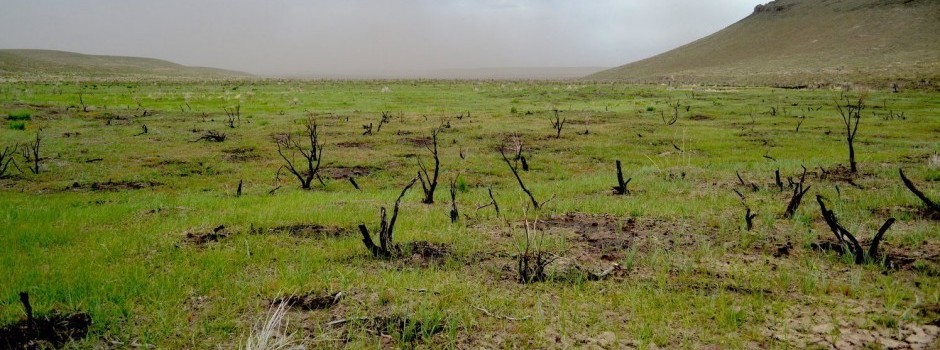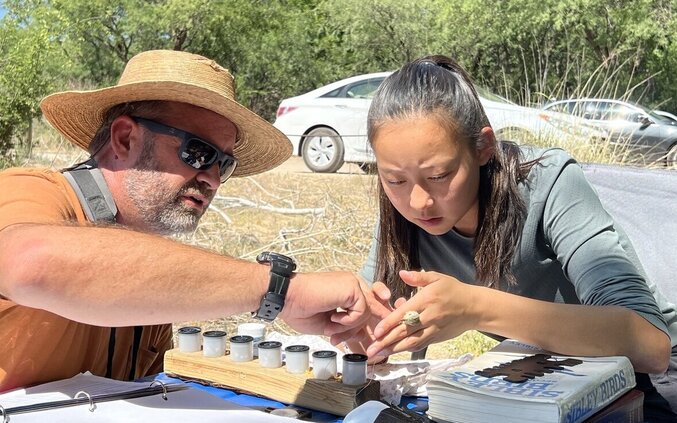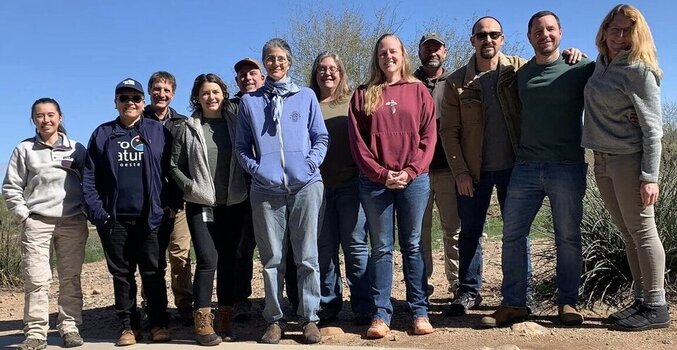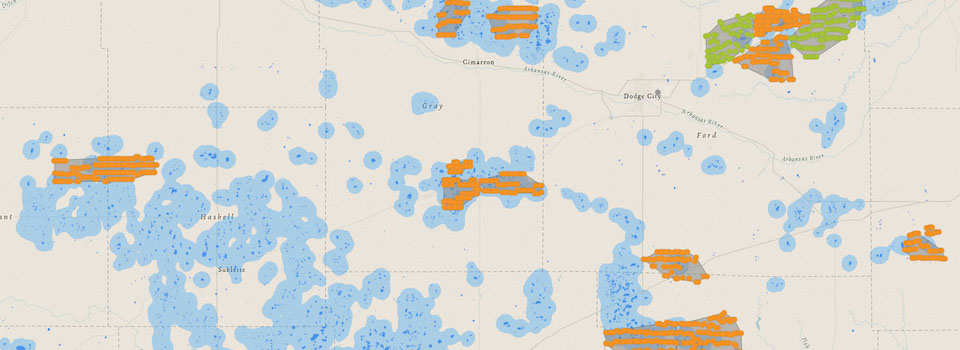For those of us working and living in sagebrush country, the beauty of this place, its fragility, and its value might not seem like a hard or insignificant story to tell. Unfortunately, there are millions of people who don’t value this ecosystem as we do or even know about its existence. But sagebrush once covered roughly 247 million acres and today its range is half its original size and rapidly shrinking due in large part to fires and invasive plants. It is on our shoulders as the conservation community to spread our knowledge about and concern for this threatened ecosystem.
Facing this challenge, a group of experts recently showcased sagebrush rangelands to a dozen journalists from around the West. These public communicators traveled to the Elko, Nevada area for an intensive workshop on rangeland fire and the invasive plants that follow in that void. Our hope with this event was to help these reporters gain a more in-depth understanding of the fire-invasive cycle in sagebrush country, build relationships with the expert speakers who are deeply invested in this ecosystem and the communities within, and see burned landscapes in the gravity they face. With this knowledge, contacts, and visuals these journalists now have more tools available to use when reaching their diverse audiences with this crucial information.
This two-part event took place in a classroom and in the field. The first day, Maggie Creek Ranch and its manager, Jon Griggs, hosted reporters for a series of presentations. These talks came from expert land managers, public land ranchers, an elected official, and scientists who are deeply invested in the sagebrush sea and are on the frontlines of trying to prevent large-scale rangeland fires and then restoring those landscapes after they burn.
For the second day, the group was led on a field tour by local ranchers and BLM staff to see multiple landscapes that had burned and how many were being filled in with invasive plants. Towards the end of the tour there was a particularly impactful scene. The group noticed smoke-gray clouds billowing up on the horizon. As the winds began to grow, local land managers told us those were clouds of topsoil and burned matter was being lifted off the 2018 Martin Fire scar. The tour then travelled into that fire’s scar and speakers could barely be heard through the gale as airborne earth pummeled everyone. A fire management officer said those winds were akin to what drove the Martin Fire to burn into the state’s record books as the largest in Nevada history. It was a powerful, physical message about the immensity and intensity of rangeland conservation post-fire.
While visiting the 2018 Martin Fire scar, a large windstorm lifted topsoil and ash in the air and pelted the tour’s attendees. Matt Murphy, BLM Elko Acting Fire Management Officer, said these winds were similar to those that pushed the Martin Fire to burn 435,000 acres in just a few days.
The journalists who attended this workshop gained an in-depth understanding of the ecological, economic, and social challenges that surround the fire and invasives cycle in the sagebrush ecosystem. The speakers communicated how sagebrush provides important wildlife values, including habitat for 350 native species such as sage-grouse, mule deer, and migratory birds. The tour leaders were examples of sagebrush country’s deep-rooted livelihoods and cultural traditions that rely on healthy rangelands. The workshop participants heard extensively about how this ecosystem drives our nation’s economy through energy, feeds our nation with its livestock production, and provides water resources that so much of the country depends on.
The IWJV and its workshop partners are grateful that these journalists took time out of the busy newscycle to come to this remote and beautiful part of the West to learn about this daunting topic. Hopefully, this experience will help them report on the fire in sagebrush rangelands now and into the future. Failure to act proactively now to address the wildfire-invasives cycle could roll back decades of collaborative conservation, impact wildlife, water, and potentially crush rural economies. The scale and magnitude of this issue, and associated impacts to communities across the West, warrants urgent attention and action.
Story and photos by Hannah Nikonow, Sagebrush Communications Specialist, Intermountain West Joint Venture
________________________________
Other workshop speakers not shown in these pictures included: Ron Cerri, Sam Mori, Hanes Holman, Jolie Pollet, Chris Jasmine, Matt Murphy, Liz Munn, Caleb McAdoo, Jason Tack, John Ruhs, Alan Jenne, James Rogers, Mandi Hirsch, and Laura Van Riper.
The Intermountain West Joint Venture hosted this workshop in collaboration with the Bureau of Land Management through their initiative called Partnering to Conserve Sagebrush Rangelands.
________________________________
Here are a few of the stories that have been produced as a result of this journalist workshop. Stay tuned for more:






